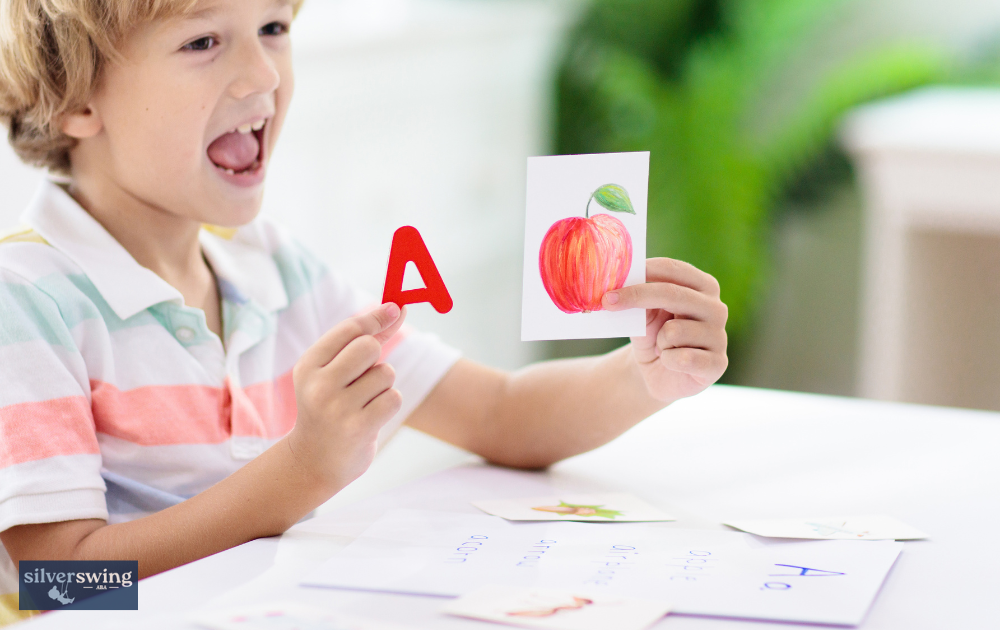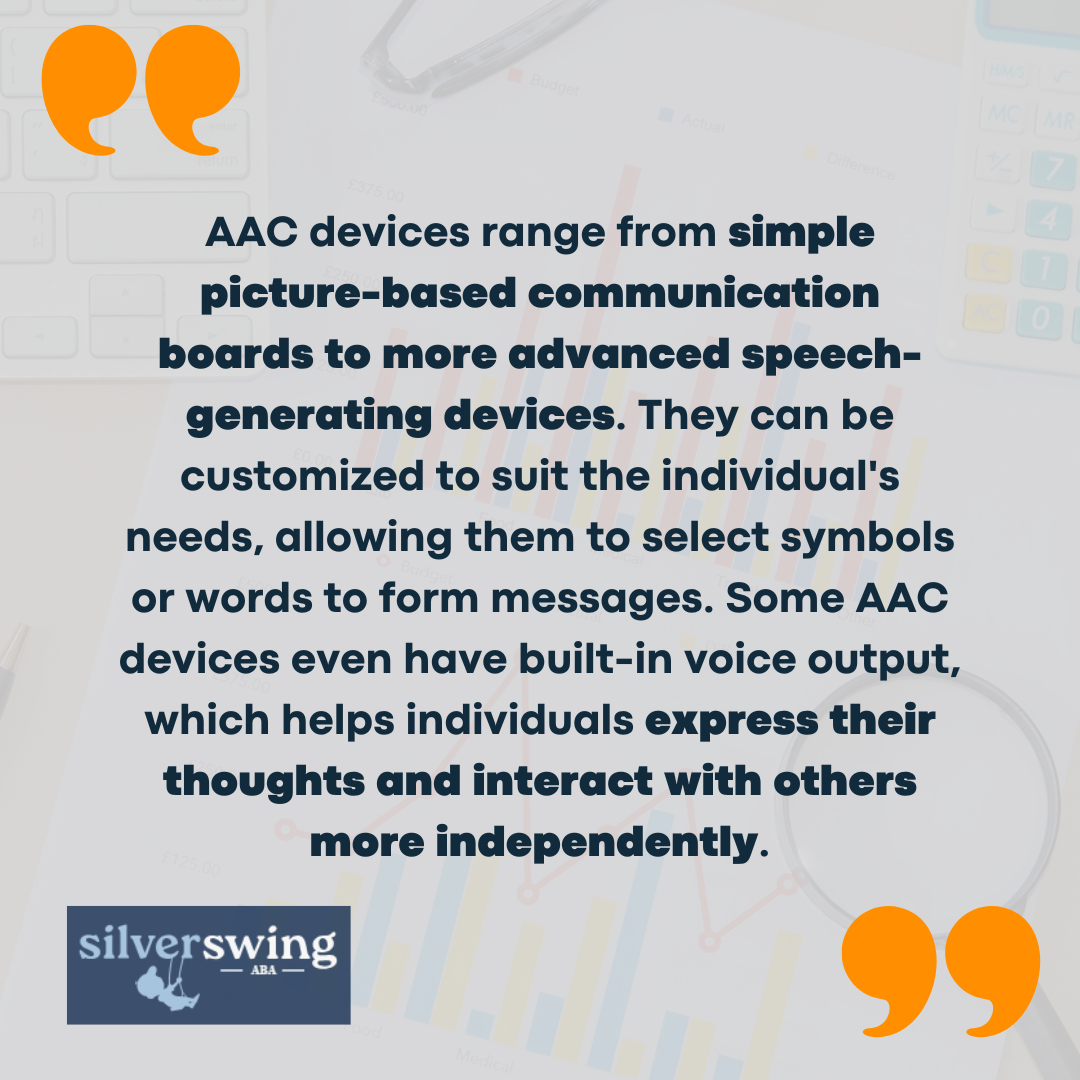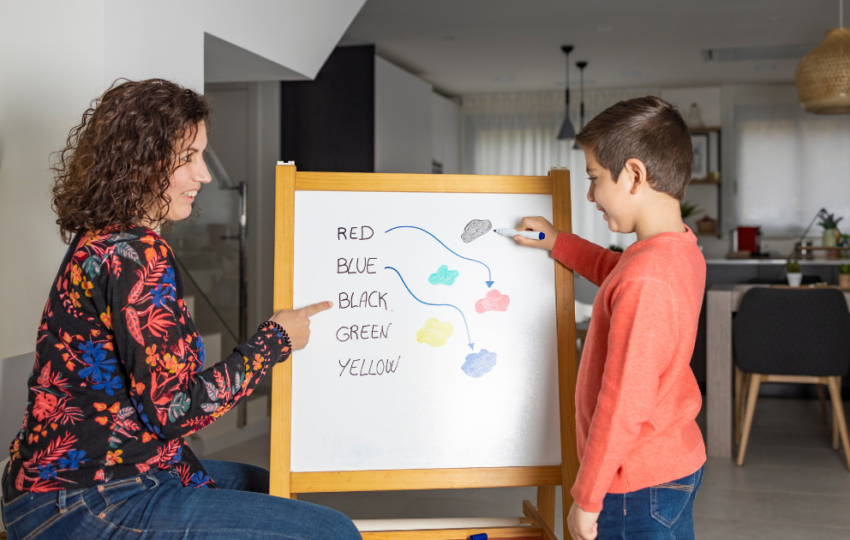Language development in individuals with autism can vary widely. In the past, there was a belief that children with autism do not acquire new language after the age of 4. However, more recent studies have challenged this notion, demonstrating that with appropriate interventions, children with autism can indeed learn to verbally speak.
Autistic children may require support in developing language skills due to their tendency to focus on details in the world around them. This hyperfocus can cause them to miss opportunities for learning language skills, such as understanding what others are saying to them and expressing themselves using words.
The ability of children with autism to communicate and use language is dependent on their intellectual and social development. Some children with autism may not be able to communicate using speech or language, while others may have limited speaking skills.
The delay in the onset of spoken language is often a concern expressed by parents of children with autism spectrum disorders (ASD).

Interventions for Language Development
There are various interventions and treatments that can be beneficial for autistic individuals. Some of them are designed to support language development in individuals with autism. These interventions aim to enhance communication skills and facilitate meaningful interactions.
Let’s look at three of them.
Play Therapy
Play therapy plays a vital role in promoting language development, especially in children with autism. Engaging in play activities with autistic children provides opportunities for them to develop their language skills.
For example, during a jigsaw puzzle game, parents can hand a puzzle piece to a child when they ask for it. This encourages communication and helps children associate words with objects or actions.
By incorporating play into language-learning activities, children with autism can develop their vocabulary, sentence structure, and social communication skills in a natural and enjoyable setting. Play therapy allows for a flexible and individualized approach that can be tailored to the specific needs and interests of each child.

Speech Therapy
Speech therapy is a commonly utilized intervention for individuals with autism to improve their communication abilities. It encompasses various techniques and strategies to enhance language skills.
Additionally, alternative communication methods such as AAC devices (augmentative and alternative communication), American Sign Language (ASL), and PECS (Picture Exchange Communication System) can provide effective means of communication for nonverbal individuals with autism.
AAC devices utilize technology to support communication by using symbols, pictures, or text-to-speech functions. American Sign Language offers a visual and gestural means of communication, allowing individuals to express themselves through hand signs. PECS involves the use of picture cards to facilitate communication and language development.
Speech therapy and alternative communication methods can help individuals with autism improve their expressive and receptive language skills, enabling them to effectively communicate their needs, thoughts, and emotions.
Music Therapy
Music therapy has also shown promise in supporting language development in individuals with autism. Through music therapy, individuals engage in various musical activities that can enhance communication skills. Music has a rhythmic and melodic structure that can help individuals with autism improve their speech patterns, vocalization, and overall communication abilities.
Music therapy sessions often involve singing, playing musical instruments, and engaging in rhythmic activities. These activities can help individuals with autism improve their verbal and nonverbal communication skills, express emotions, and develop social interactions.

Alternative Communication Methods
For individuals with autism who struggle with verbal communication, alternative communication methods play a crucial role in helping them express their thoughts, needs, and emotions.
Here, we will explore three popular alternative communication methods which are as follows:
AAC Devices
AAC devices, which stand for augmentative and alternative communication, are electronic devices or software applications designed to aid individuals with communication difficulties.
These devices provide a variety of ways for nonverbal individuals with autism to communicate effectively.

By using AAC devices, individuals with autism can have a means of communication that goes beyond their verbal capabilities, enabling them to participate in social interactions, express their desires, and engage in meaningful conversations.
American Sign Language (ASL)
American Sign Language (ASL) is a visual-gestural language used by individuals who are deaf or hard of hearing. ASL can also be a valuable communication method for individuals with autism who struggle with verbal language. ASL utilizes hand gestures, facial expressions, and body movements to convey meaning and facilitate communication.
Learning ASL can provide individuals with autism an alternative way to express themselves and understand others.
By using signs and gestures, they can communicate their thoughts, needs, and emotions effectively. ASL can also enhance social interactions by enabling individuals with autism to engage with others who are proficient in sign language.
PECS (Picture Exchange Communication System)
PECS, or Picture Exchange Communication System, is a widely used alternative communication method for individuals with autism, particularly those with limited verbal skills. PECS involves the use of pictures or symbols to represent objects, actions, and concepts.
In the PECS system, individuals are taught to exchange specific pictures or symbols with a communication partner to express their wants and needs. This visual-based approach helps individuals with autism develop their communication skills and understand the power of using symbols to convey meaning.
PECS is often introduced in a structured and systematic way, starting with simple requests and gradually progressing to more complex and spontaneous communication. This method can improve language development, enhance social interactions, and provide individuals with autism greater independence in expressing themselves.
By utilizing alternative communication methods such as AAC devices, American Sign Language (ASL), and PECS, individuals with autism who struggle with verbal communication can have access to effective means of expression.
These methods provide valuable tools to bridge the communication gap, foster social interactions, and empower individuals with autism to communicate their thoughts and needs more effectively.
Sources:
https://raisingchildren.net.au/autism/development/language-development/language-development-asd
https://www.nidcd.nih.gov/health/autism-spectrum-disorder-communication-problems-children
https://www.autismparentingmagazine.com/autism-language-development
https://neurosciencenews.com/asd-language-devvelopment-25964




